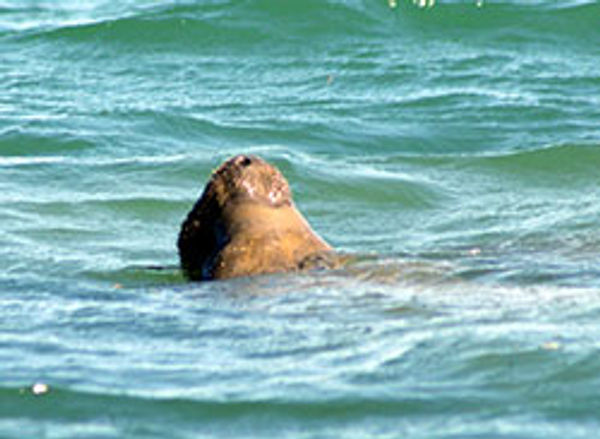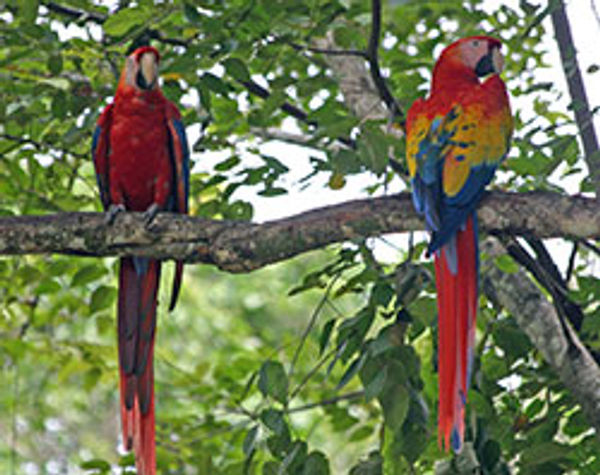Wildlife




Over half of Belize is primary forest which means there is unusual, rare and exciting wildlife living in the forest, with a number of species unique to Belize.
These large areas of tropical rainforest provide a huge diversity of species and opportunities to see animals living in their natural habitat.
The forest floor is home to peccaries (wild pig), deer and the unusual Baird's Tapir. The treetops provide food for troops of black howler monkeys and crocodiles can be found lurking in lagoons and rivers. The Jaguar and Puma are native to Belize, as well as lesser known cats such as Margay and Ocelot, but as they are nocturnal creatures sightings are rare.
The mangrove and sea grass on the coastline and cayes provide a feeding ground for the rare and elusive West Indian Manatee, and further offshore the Belize Barrier Reef hosts a vast array of tropical fish, nurse sharks, rays, turtles, dolphins, whale sharks and other unusual marine species.
Birds




Belize is a birdwatcher's paradise, over 500 species of bird have been recorded. Experts and novices alike can enjoy the birdlife as many of the jungle lodges offer early morning bird walks with enthusiastic and knowledgeable guides.
Belize's wildlife sanctuaries and protected reserves provide undisturbed habitat that is home to many different species. Brightly coloured birds such as the beautiful Keel Billed Toucan, Collared Aracari, Blue-crowned Motmot and Slaty-tailed Trogon can be found in the tropical forest.
Look out for Jabiru, Boat-billed heron, Snail Kites and American Pygmy kingfishers at lagoons, rivers and wetlands. Pelicans and frigate birds can be found on the coast and at the cayes and there is a sanctuary for red-footed boobies at Half Moon Caye.
The endangered Scarlet macaws can be found in the Chiquibil Forest Reserve and seasonally at Red Bank across the Maya Mountains.











